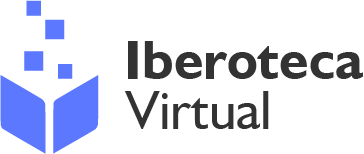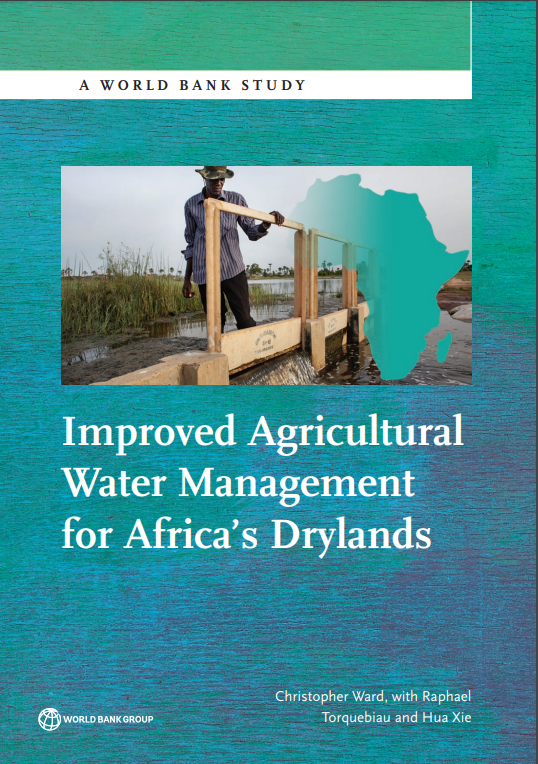Improved Agricultural Water Management for Africa's Drylands
Editorial: The World Bank Group
Licencia: Creative Commons (by)
Autor(es): Ward, Christopher; [et al.]
Dryland regions in Sub-Saharan Africa are home to one-half of the region's population and three-quarters of its poor. Poor both in natural resources and in assets and income, the inhabitants of drylands are highly vulnerable to droughts and other shocks. Despite a long history of interventions by governments, development agencies, and civil society organizations, there have been no sustained large-scale successes toward improving the resilience of drylands dwellers. Improved Agricultural Water Management for Africa's Drylands describes the extent to which agricultural water management interventions in dryland regions of Sub-Saharan Africa can enhance the resilience and improve the well-being of the people living in those regions, proposes what can realistically be done to promote improved agricultural water management, and sets out how stakeholders can make those improvements. After reviewing the current status of irrigation and agricultural water management in the drylands, the authors discuss technical, economic, and institutional challenges to expanding irrigation. A model developed at the International Food Policy Research Institute is used to project the potential for irrigation development in the Sahel Region and the Horn of Africa. The modeling results show that irrigation development in the drylands can reduce vulnerability and improve the resilience of hundreds of thousands of farming households, but rainfed agriculture will continue to dominate for the foreseeable future. Fortunately, many soil and water conservation practices that can improve the productivity and ensure the sustainability of rainfed cropping systems are available.
[Washington: 2016]
Compartir:
Una vez que el usuario haya visto al menos un documento, este fragmento será visible.


